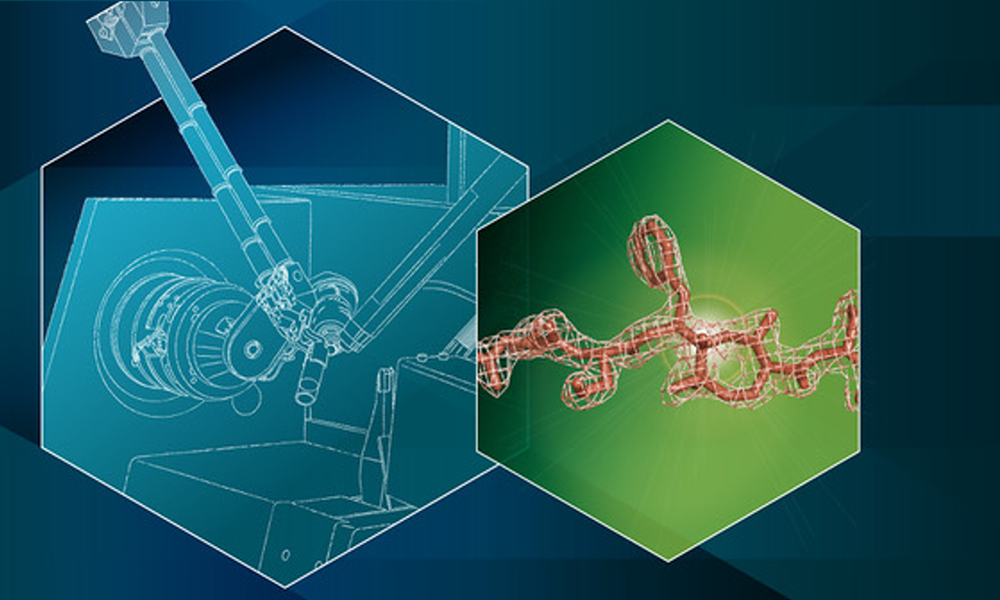Seeing is believing

An Italian reflection on the EMBL Insight Lecture 2017
Guest article by Roberta Rosati and Mattia Colombini (students of 5F, Liceo Scientifico Internazionale, Turin, Italy)
On December 1, 2017 we attended a fascinating EMBL Insight Lecture by Dr. Thomas Schneider named “Seeing is believing” that took place at EMBL in Heidelberg, Germany. We followed the lecture in our classroom in Turin via live-streaming, while asking questions on Twitter to the speaker using the hashtag #EMBLinsight.
The talk was about an intriguing topic: how technology enables structural biology, with particular attention to X-ray crystallography. We learned that crystallography is a key technique used by biologists to understand the shape, architecture and atomic details of macromolecules; in fact it had been instrumental in the discovery of the structure of the DNA molecule. This unique technique studies the macromolecule of interest within a three-dimensional crystalline specimen. When shining X-rays onto the crystal, the resulting “diffraction” pattern can be used to determine the arrangements of atoms in the molecule. Thomas Schneider explained in detail how and where the whole process takes place and why new technologies such as robots play a big role in the research. Moreover, he showed pictures of the Hamburg laboratory and its incredibly advanced structures.
The speaker also explained the process that allows researchers to carry crystals from one laboratory to another, so that a worldwide collaboration between scientists is possible. Thanks to this process, EMBL is actually studying new proteins in detail every day. Results are published on an important website called Protein Data Bank in Europe, which is accessible and freely available to everyone. On the site you can explore the structure of thousands of proteins and hundreds of interesting topics. The database is not only a very great achievement for the biological research community but also for the biomedical community, especially with respect to the field of pharmacology such as the study of cancer drugs.
Following the lecture and having the chance to be actively involved made really a great lesson. We felt that we could understand a little part of the precious work carried forward by the scientific community and how important technology is to science nowadays and vice versa.
We would like to thank EMBL and Thomas Schneider for giving us the opportunity of learning new things. We all enjoyed the experience a lot and hope to meet at other occasions in the future.
